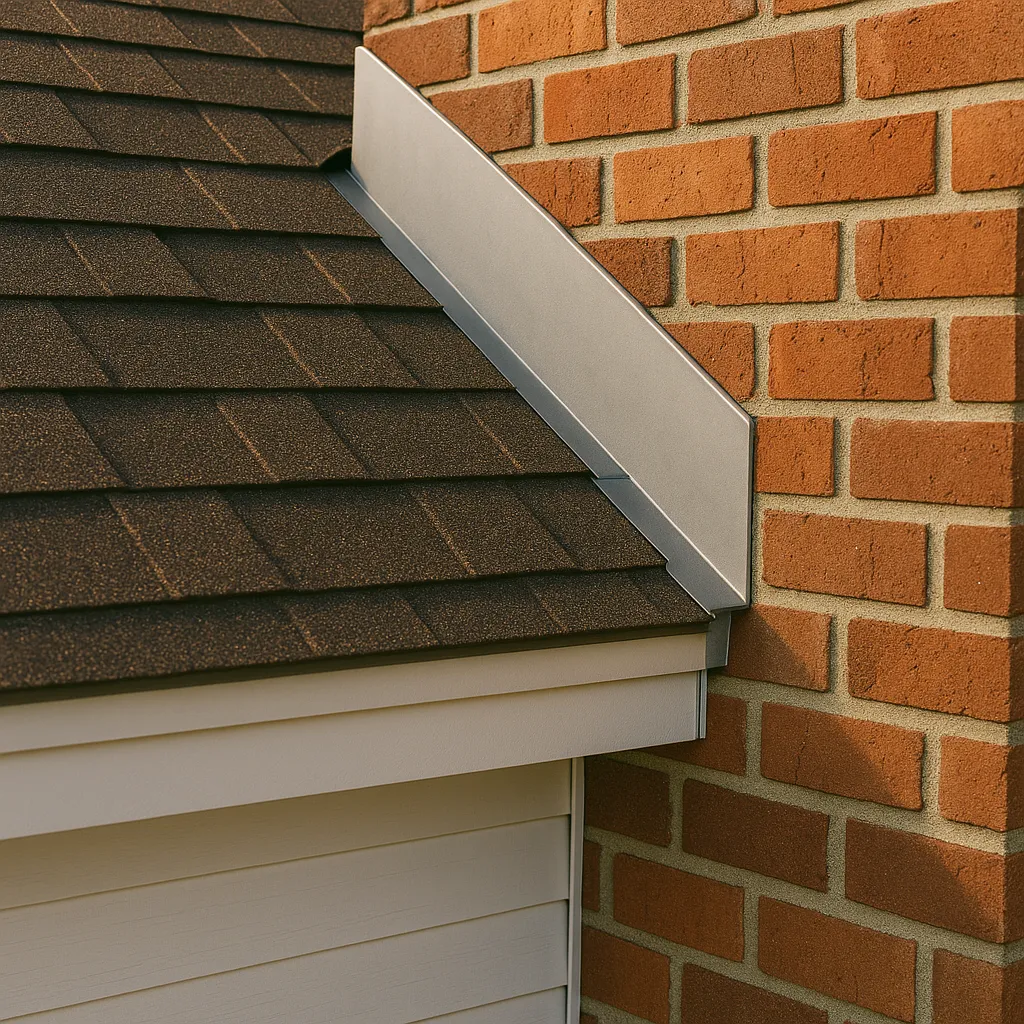
Why Roof Flashing Fails and How to Fix It
Why Roof Flashing Fails and How to Fix It
The Small Metal Detail That Prevents Big Leaks
Roof flashing might not get the spotlight, but it’s one of the most important elements of a waterproof roof system. Flashing is the thin metal installed around chimneys, vents, skylights, valleys, and roof edges—anywhere the roofing material meets a vertical surface or joint.
When flashing is damaged, loose, or improperly sealed, it’s one of the most common places for roof leaks to start.
🧲 What Causes Flashing to Fail?
Over time, even high-quality flashing can deteriorate. Common causes include:
Age-related corrosion or rust
Improper installation or sealing
Hail or wind damage
Movement from freeze-thaw cycles
Settling or shifting of the structure underneath
Sometimes, the problem isn’t the flashing itself—it’s the caulk or sealant around it that has dried out and cracked.
💧 How to Spot Flashing Failure
Warning signs include:
Water stains on ceilings near walls or chimneys
Visible gaps or rust in flashing around penetrations
Shingles lifting near metal seams
Mold growth in attic corners
These issues often go unnoticed until major water damage has already begun.
🔧 Flashing Repair vs. Replacement
In some cases, flashing can be resealed or re-caulked, especially if it’s relatively new. But if it’s rusted, bent, or improperly installed, it should be replaced.
During a professional inspection, we’ll check:
Chimney counter flashing
Step and valley flashing
Skylight frames
Pipe boot seals
Flashing should be part of any full roof replacement—and done right, it can outlast the shingles.
🏠 Don’t Let a Small Detail Cause a Big Leak
At Twin Bridge Roofing and Construction, we inspect all flashing components during every job, because we know that’s where leaks love to hide.
📞 Schedule a flashing checkup at (563) 655-4902
🌐 Learn more at www.roofqc.com
One strip of metal could save you thousands in repairs—make sure it’s doing its job.